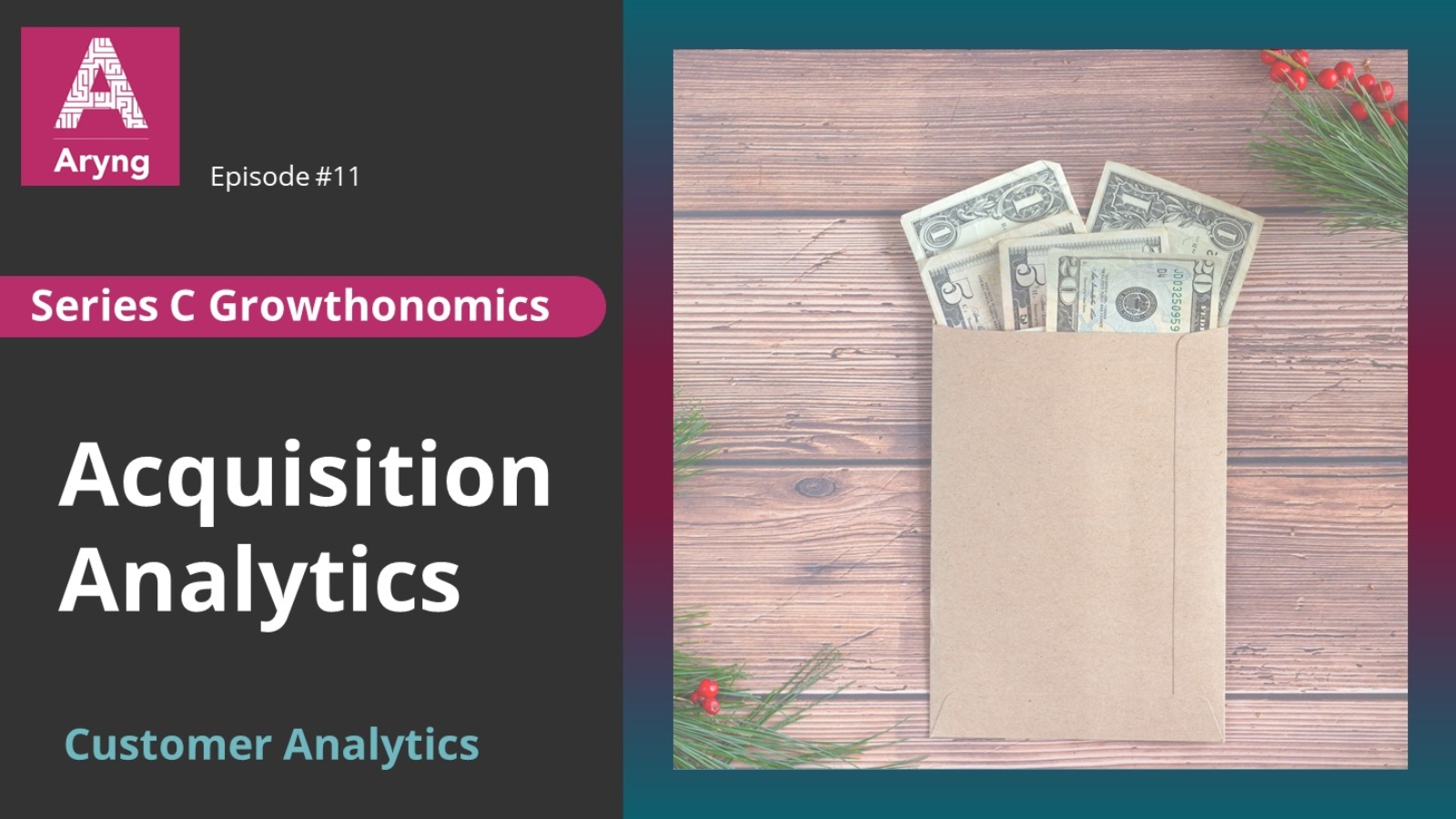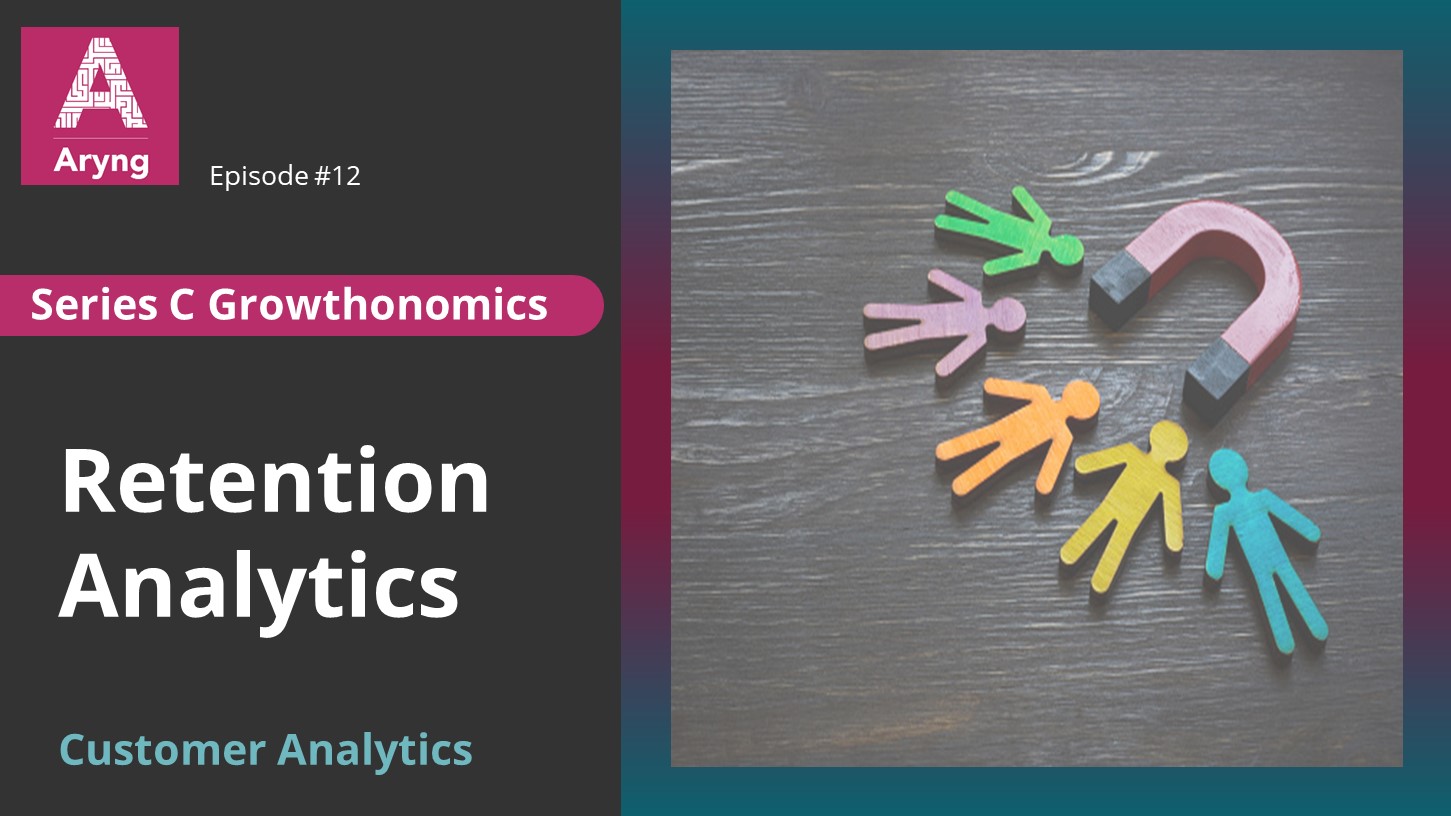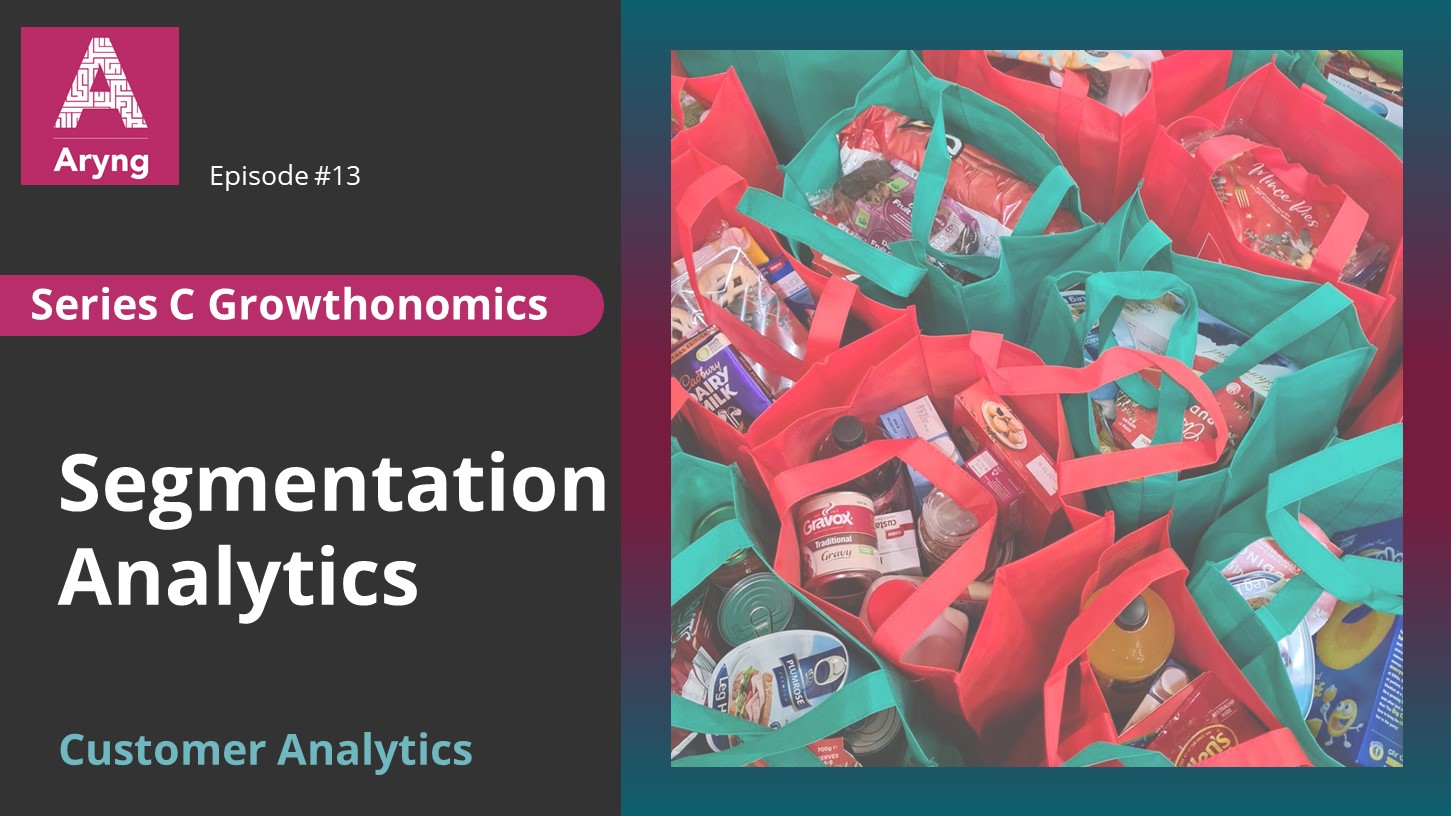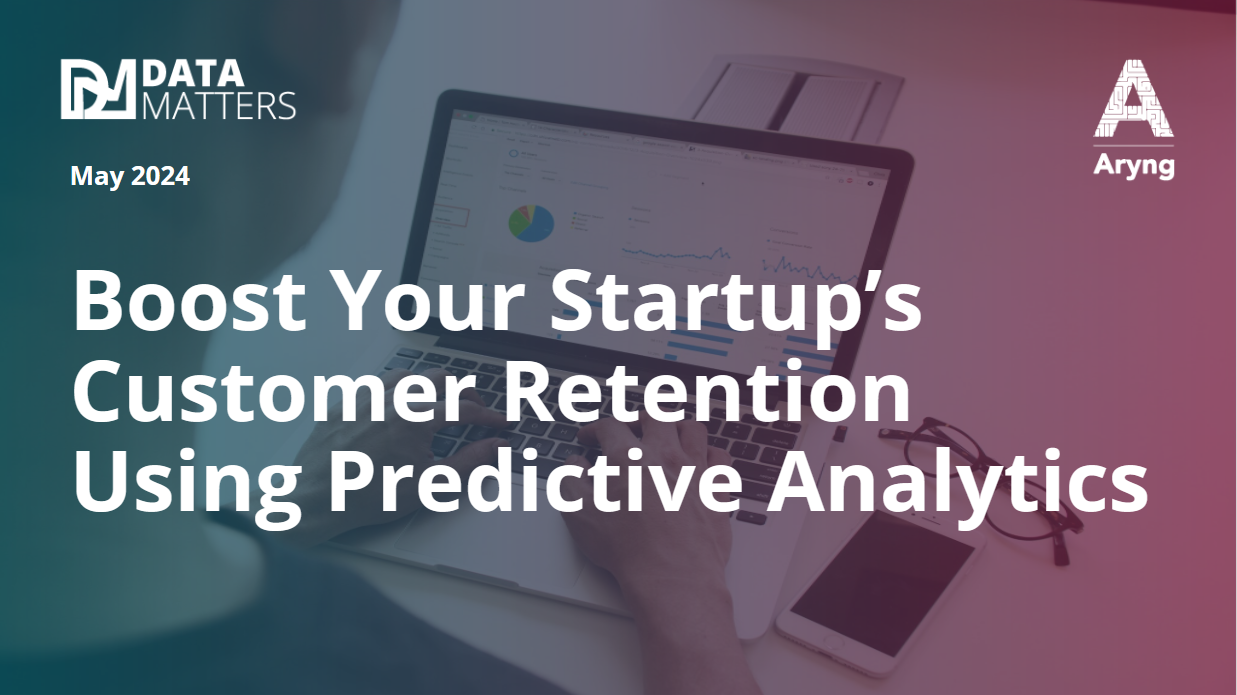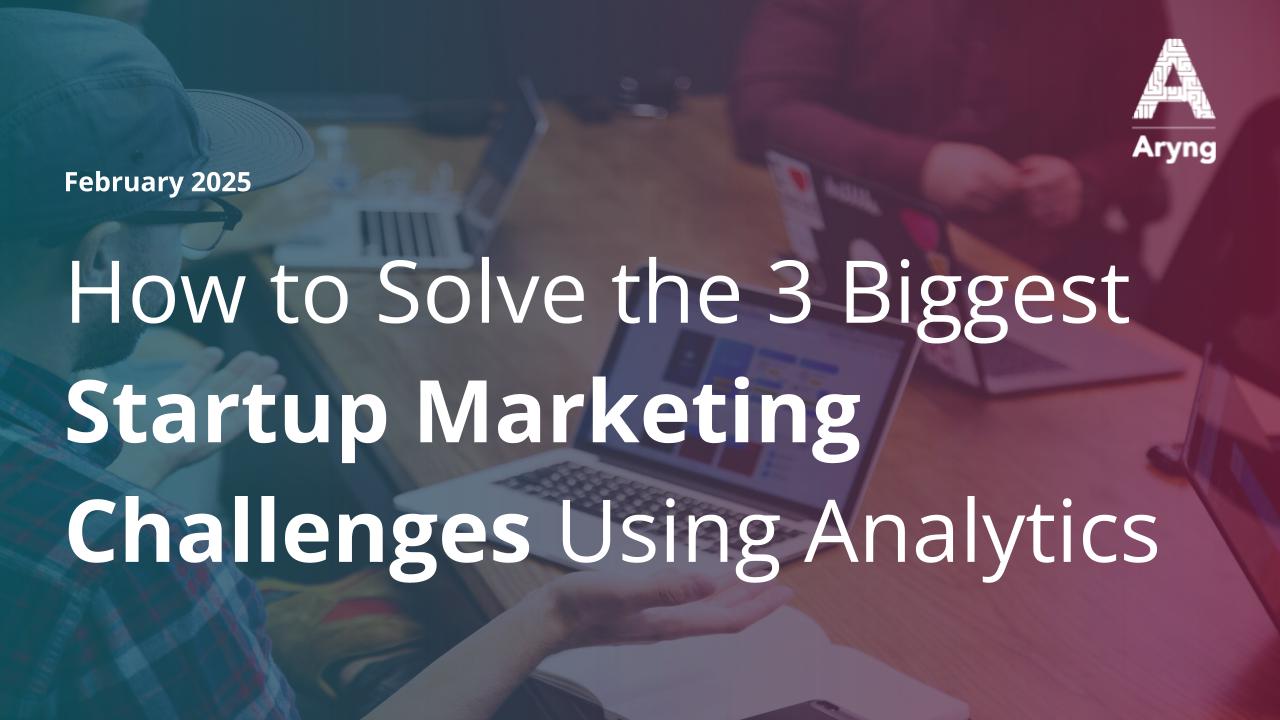“Get closer than ever to your customers. So close that you tell them what they need well before they realize it themselves.” – Steve Jobs
As a growing company, you understand the importance of bringing in new customers. But do you know if you’re fully locked and loaded? If you’re reaching out to the right people through the right source? If you have effective KPIs to measure the success of your programs and an ideal measurement process?
The concept of Acquisition Analytics deals with this and many more related aspects, primarily to understand if the money spent to attract new customers is ultimately a good investment for your business.
In this second post in the series of Customer Analytics, we will dig into Acquisition analytics and examine how you can increase customer acquisition rates.
Why Acquisition Analytics?
Like we did in the last post, let’s compare the current and earlier times. Going back 100 years, business owners acquired customers primarily through the people who walk into a shop. Owners understand customers by direct and indirect factors such as their presentation, how they talk, and ask further questions through the conversation to gain more details. The owner then showcases relevant products they think would meet the customer’s expectations from all the available information. They also use their past experiences to evaluate the customer needs, such as their age, home location, willingness to spend, and quality sensitivity.
The way businesses work has changed over the years. Coming to this day and age of ever-growing monthly active users (MAU), we can use data and technology to improve and optimize customer acquisition.
So, where should you start?
What are your sources of acquisition?
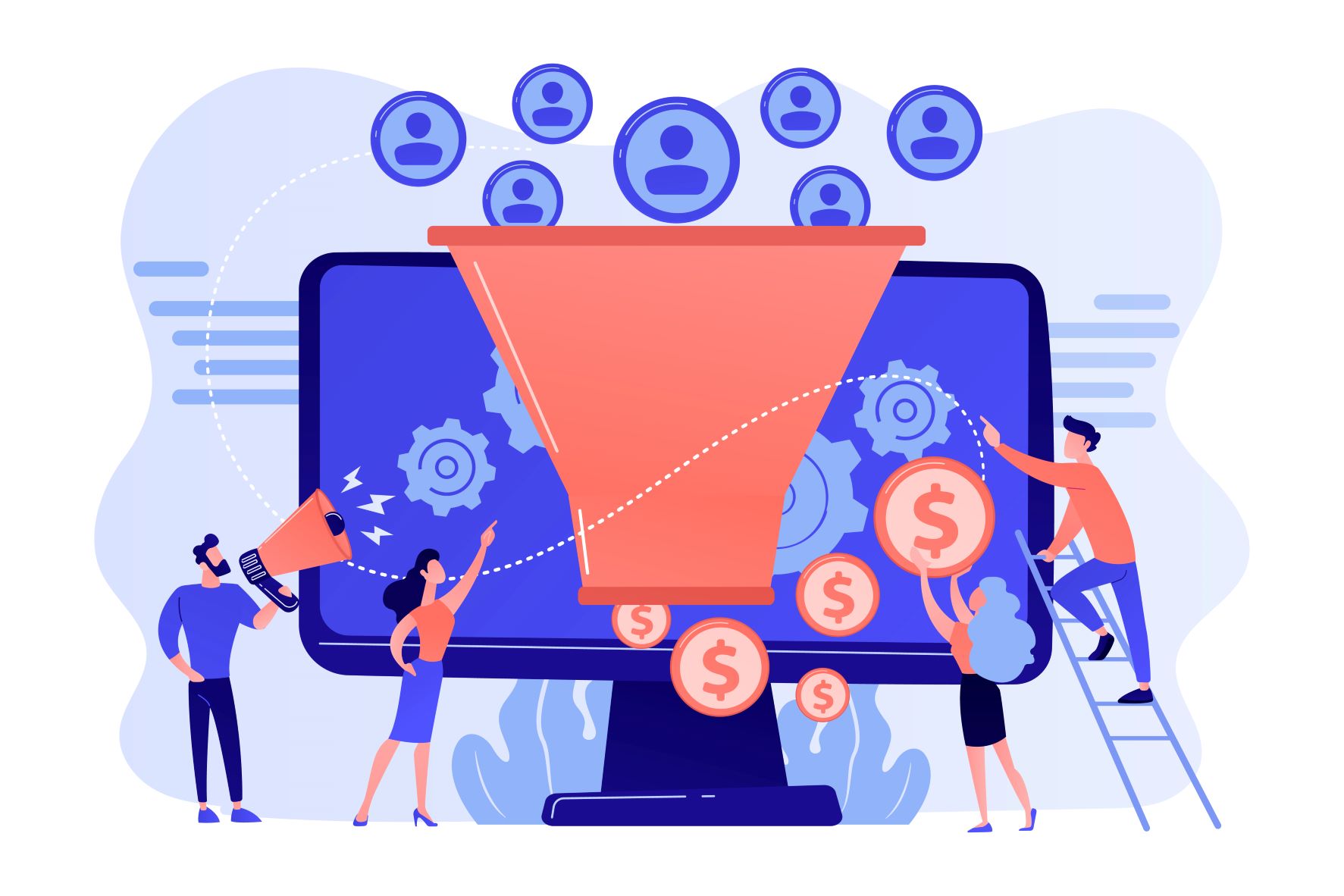
Before optimizing, the first aspect is to understand how your customers get introduced to the company. Customers usually reach your service through the following types of traffic sources:
- Organic – Traffic from search engines earned through keywords optimized for SEO
- Pay Per Click (PPC)/ Paid – Traffic from search engines via paid advertising where you pay a fee for each ad click or ad view.
- Partnership/ Referral – Traffic resulting from a free or paid partnership with related businesses where they refer customers to your website for a particular need
- Direct – Individuals directly access your website through your URL because they know you. This is the path for most repeat customers.
Now that we know the traffic sources, how do we measure their success, i.e., know which of them are effective in driving the most customers for the dollar spent?
Success Metrics for Acquisition Analysis

These three metrics are most commonly used to measure the effectiveness of traffic sources:
- Return on Ad Spend (ROAS) measures the revenue generated compared to every dollar spent on an advertising campaign. For example, suppose you spent $100k on an advertising campaign, and the campaign helps you acquire 3000 customers who spend $100 each, which effectively gives you a revenue of $300k. Therefore ROAS is 3x in this case.
- Customer Acquisition Cost (CAC) helps you measure the dollar spent for acquiring one customer from a particular source.
- Conversion is the percentage of people who become customers after visiting your website from a particular source.
Standard success metrics give you a birds’ eye view of how the acquisition is progressing. Further dissection of these metrics helps provide their drivers, which help make better business decisions.
How to use sources and metrics to boost your business?
The sources and metrics mentioned help one understand where the best customers come from and their decision-making drivers. You can double down on them and get more of them by reorganizing your marketing budget.
The critical thing to consider is to look at all the costs and revenues holistically from an acquisition perspective. Aspects such as first-time discount, the most common initial offer, should be included while conducting this exercise. On the same front, you can fine-tune first-time discounts based on the metrics and drivers for each source, i.e., different sources can provide tailored incentives based on their performance in the success metrics.
Why and How of Habituation

Customers typically use a website and have ‘Customer Journeys’ that usually accustom them to a website or a service. The first purchase is ideally just the start of their journey with a service. Customers get stimulated by different stimuli depending on a variety of factors. Let’s understand this with the help of an example.
Suppose a customer gets introduced to a retail suit website and buys their first three-piece suit. From this point, they could prefer different activities as the next step of their journey to get accustomed to the service. Some might like to learn more about the other products they need, and some might want to discover more about the suit and its different types.
Providing personalized suggestions through push notifications, emails, newsletters, and video tutorials can help get them accustomed to the service provided and make them come back to you for more.
What next?
Acquiring customers and habituation are the first step to building your customer base and growing your company. In the next post, we will examine retaining customers and increasing the value they generate.

